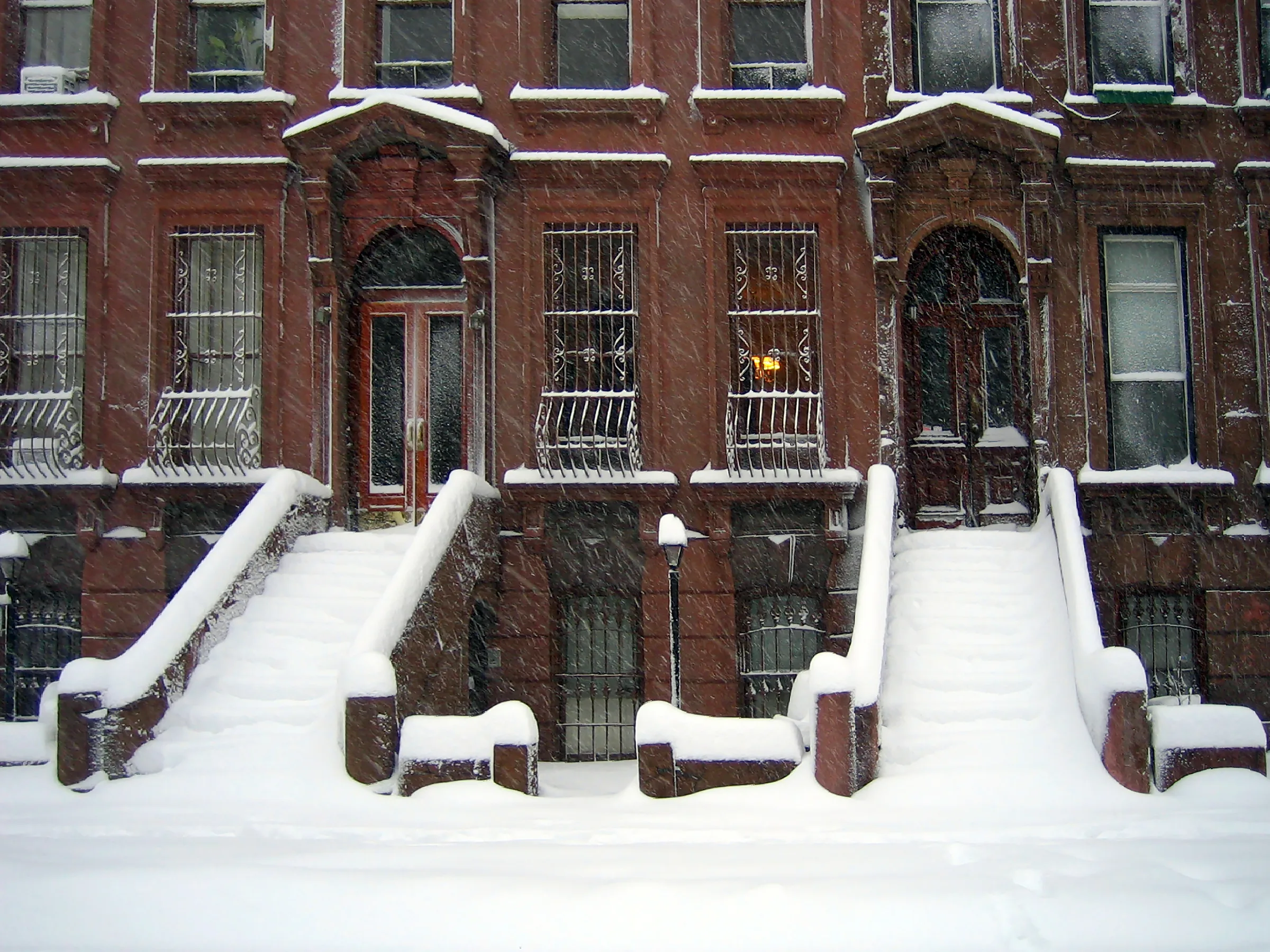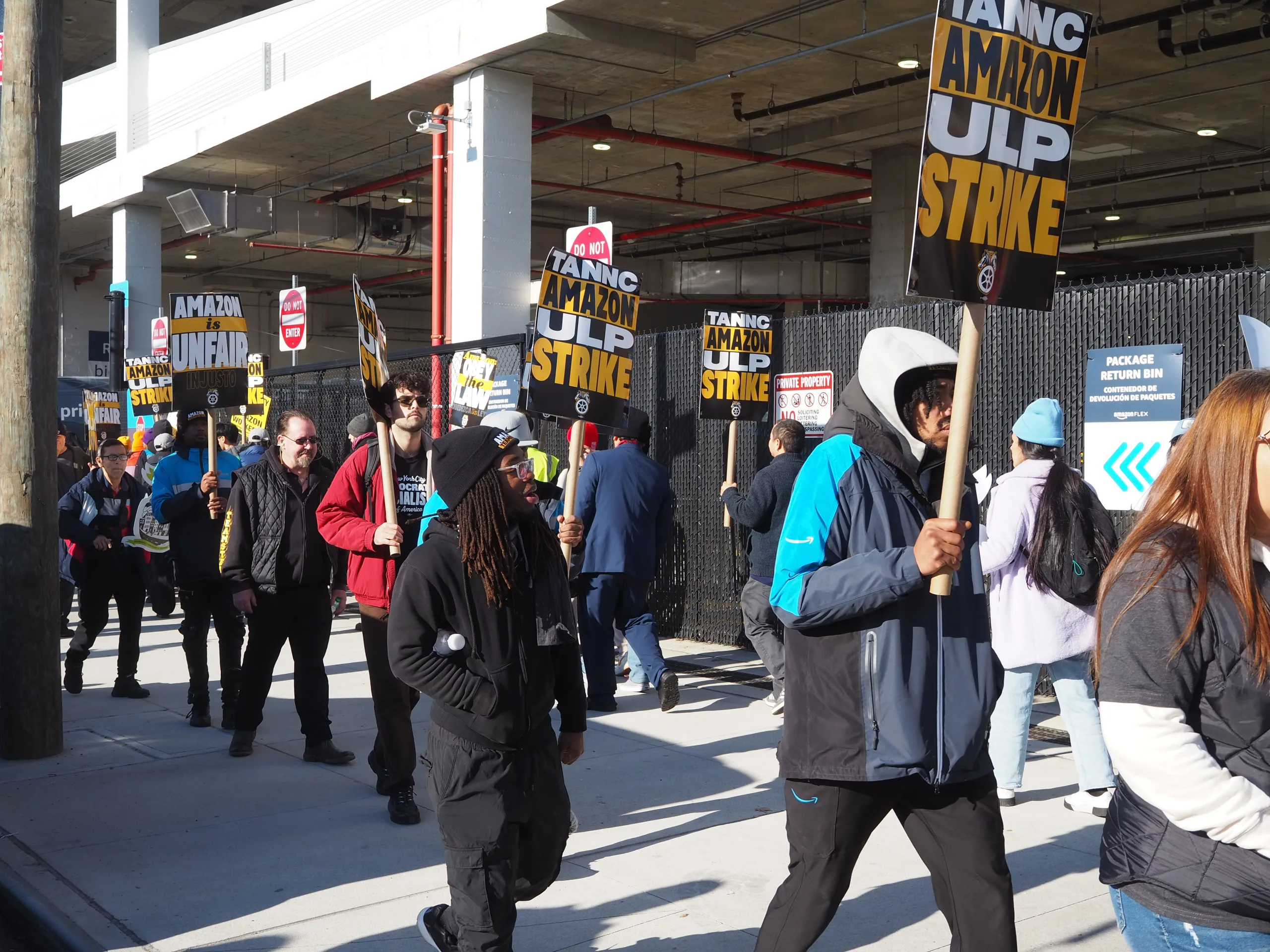This summary was featured in Documented’s Early Arrival newsletter. You can subscribe to receive it in your inbox three times per week here.
Three Corona, Queens, lawmakers say they regret warning residents about a “loot out” that never happened, but sent cops to the predominantly immigrant community and soured relations between local and state elected officials. Assemblymember Catalina Cruz (D), joined by State Sen. Jessica Ramos (D) and New York City Councilmember Francisco Moya (D), circulated an “emergency joint statement” on June 4 to warn a group of looters were planning a robbery spree for the area the following day.
The event never happened, but drew more police to the area. “We should have responded differently,” Cruz wrote in an open letter published by the Eagle. “In hindsight, this wasn’t communicated properly and for that I regret any confusion, fear, and pain this may have caused folks.”
Cruz said the police verified the post, and the other two lawmakers expressed anger over the fact that they joined the statement over a false threat. “Next time don’t lie to my staff about calling the cops,” Ramos tweeted at Cruz on June 10. Queens Eagle
In other New York immigration news…
New York ICE Says It Worked Closely with State Court Officers on Arrests
A federal judge has ordered Immigration and Customs Enforcement agents to cease making arrests in and around New York courthouses. Judge Jed S. Rackoff ruled Wednesday that ICE’s practice of making arrests in and around New York State courthouses was illegal in a lawsuit filed by Attorney General Letitia James and Brooklyn District Attorney Eric Gonzalez. Documented previously reported on collaboration between court officers and ICE agents, but depositions of ICE officials shed new light into how reliant the agency was on state court system employees to make arrests. One ICE officer that was deposed said he was unaware of state guidance not to make arrests in New York courthouses that came out in 2019, and his supervisor didn’t inform him. ICE has ramped up its courthouse arrests in recent years, after the Trump administration made it clear that detaining immigrants was a priority. The agency made immigration arrests at or near a New York State courthouse 53 times in 2015. In 2016, they arrested 39 people. In 2019, they arrested 234 people, according to a filing from the plaintiffs.
纽约州“能源补助”申请指南
Documented Releases Resource Guide for Immigrants in English
Documented Original In response to overwhelming feedback from our Spanish-speaking readers, our audience editor Nicolás Ríos created a guide for immigrant New Yorkers that details what legal protections they’re allotted and which resources are available to them, from financial aid to healthcare, during the COVID-19 pandemic. These materials are a mixture of how-tos (how to apply for unemployment insurance, for example), lists of organizations that are giving out grants and questions and answers with experts on subjects like rent protection, health and immigration implications of COVID-19. This week, we’re publishing those resources in English, which you can find here. Many of these materials were created via reader input, so if you have a question or suggestion, please don’t hesitate to reach out to us at info@documentedny.com.
Nurse Found Purpose in Tending to Prisoners and Immigrant Detainees at Hudson County
Daisy Doronilla landed a job at the Hudson County Correctional Facility 20 years ago, and when she accepted the job, her friends were puzzled. Doronilla was born in Manila and came from humble beginnings, her daughter said, and she had enough experience to get a job elsewhere. But Doronilla felt moved to work at the correctional facility, which contracts with ICE to hold immigrant detainees. This spring, Doronilla had plans to travel to Israel. The same day the trip was cancelled, she fell ill with the coronavirus and died two weeks later. “She wanted to take care of vulnerable people. She felt like someone needed to be there,” her daughter said. Hudson is now the site of one of the largest coronavirus outbreaks on the east coast. The Washington Post















